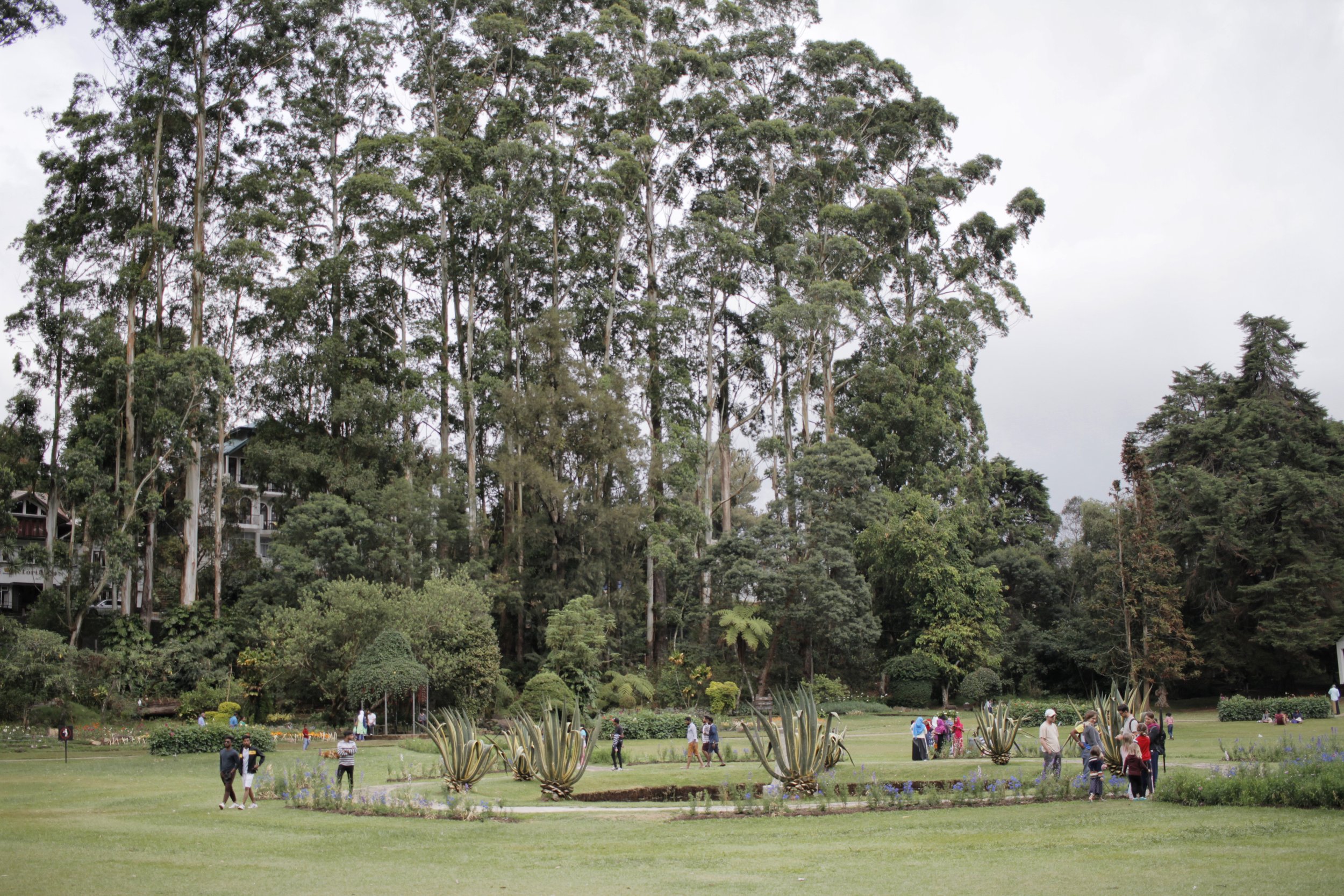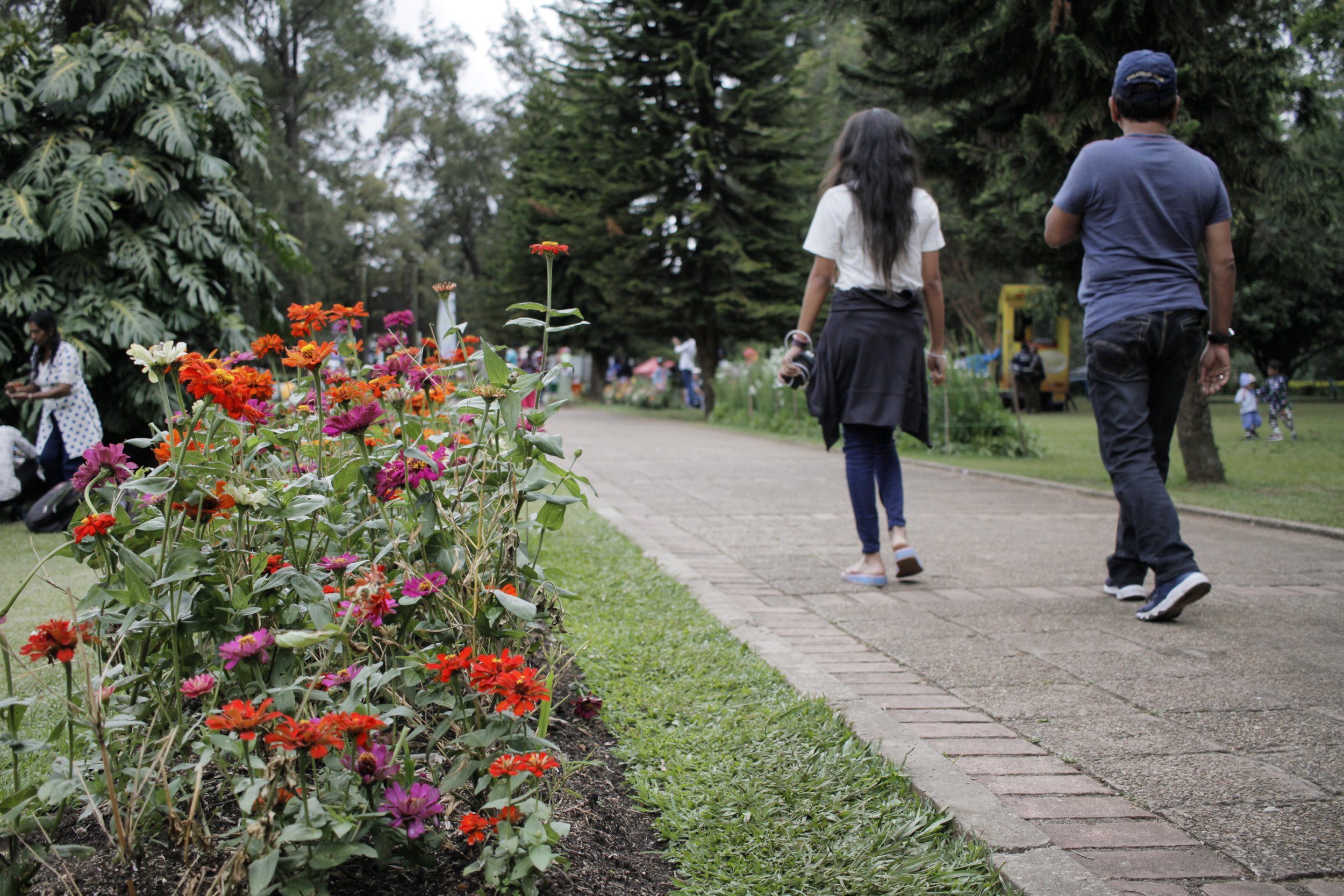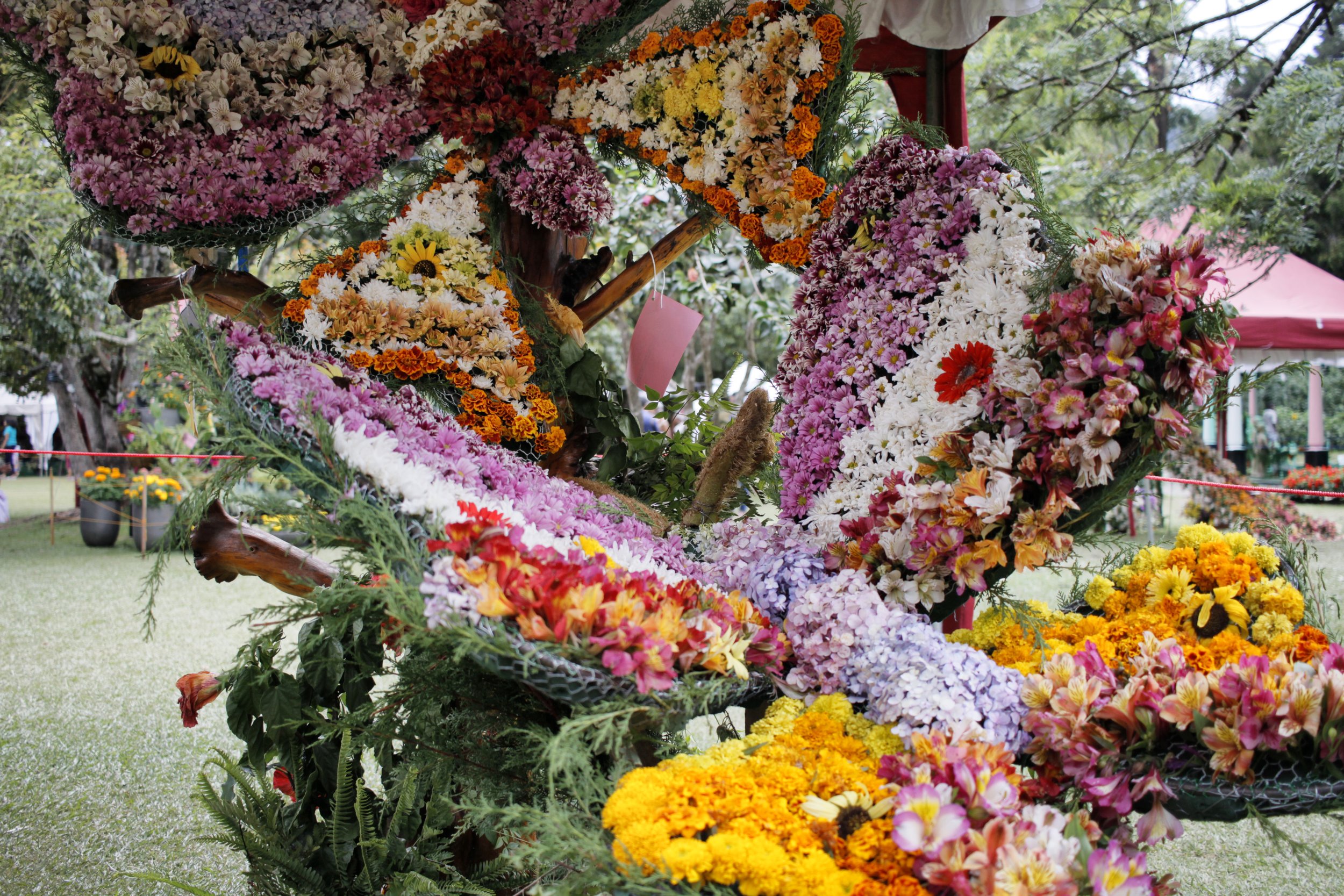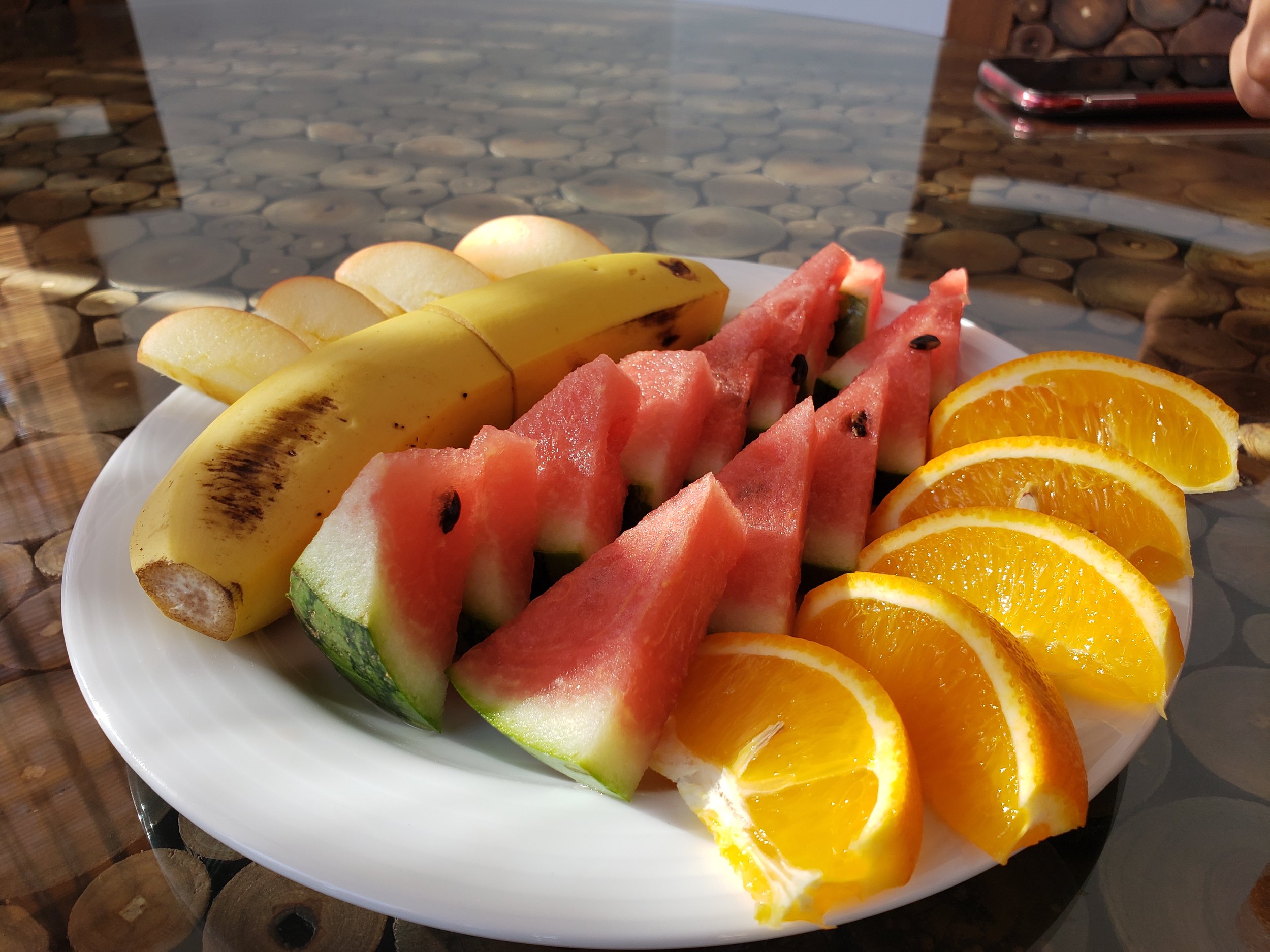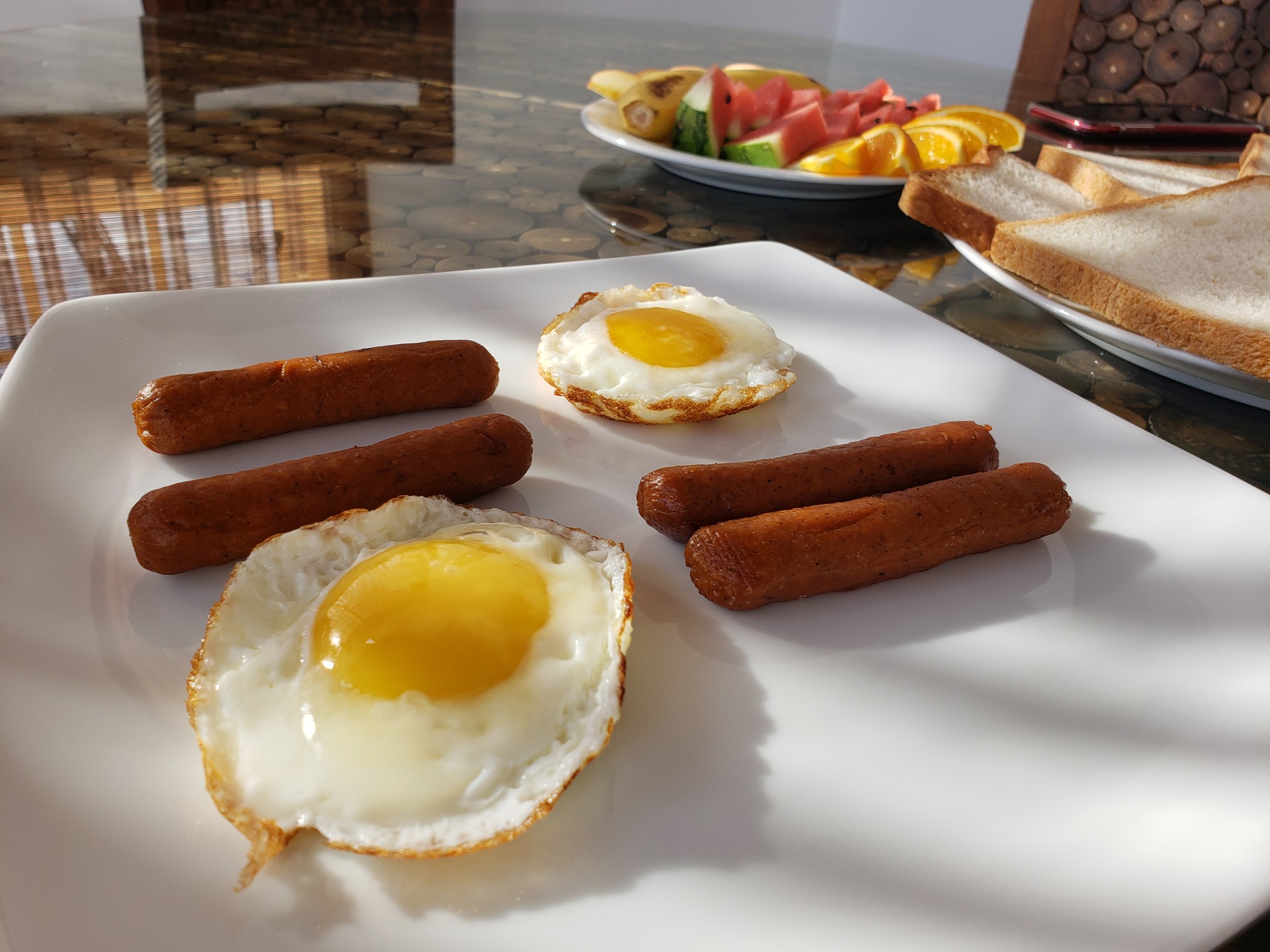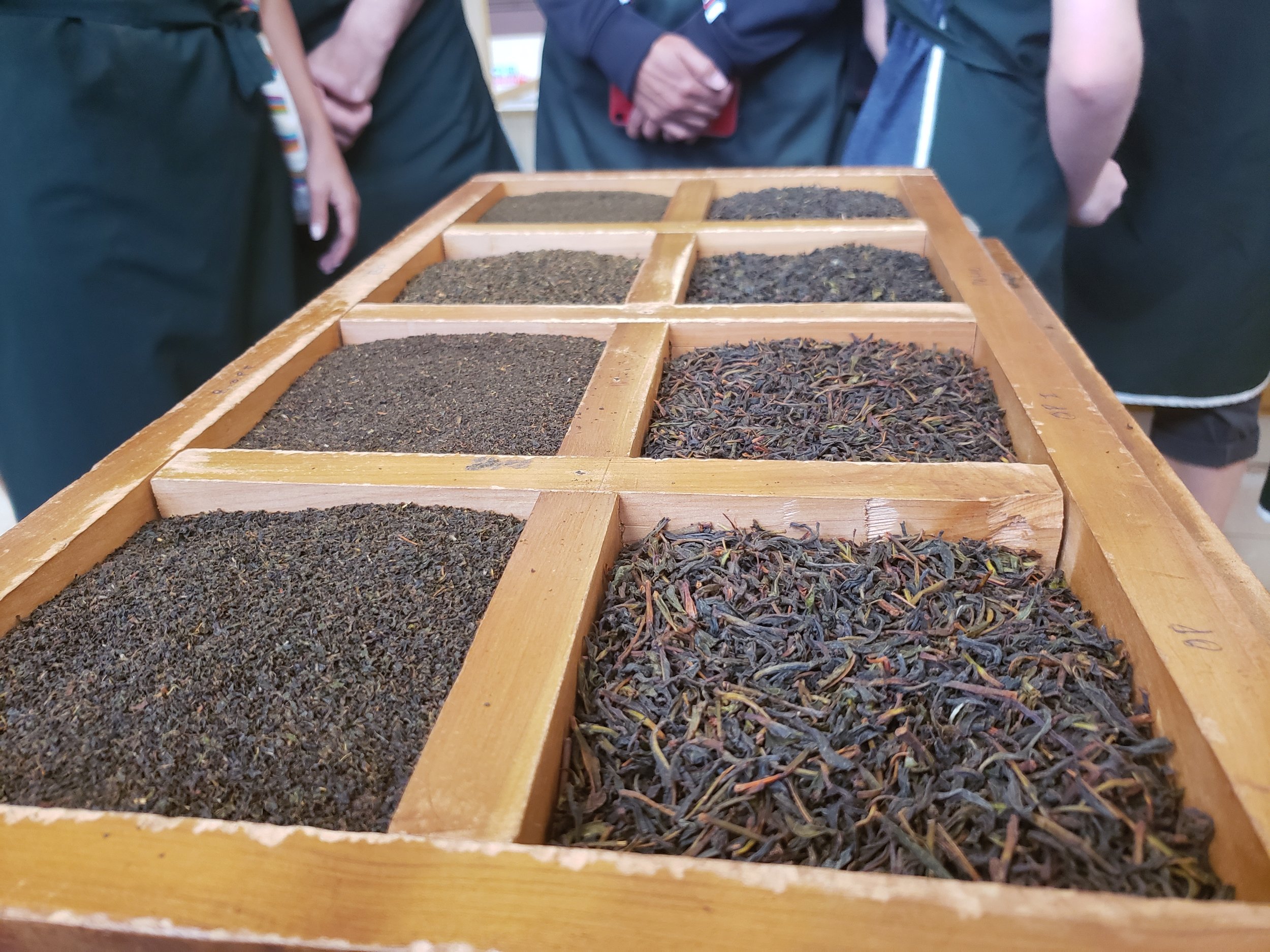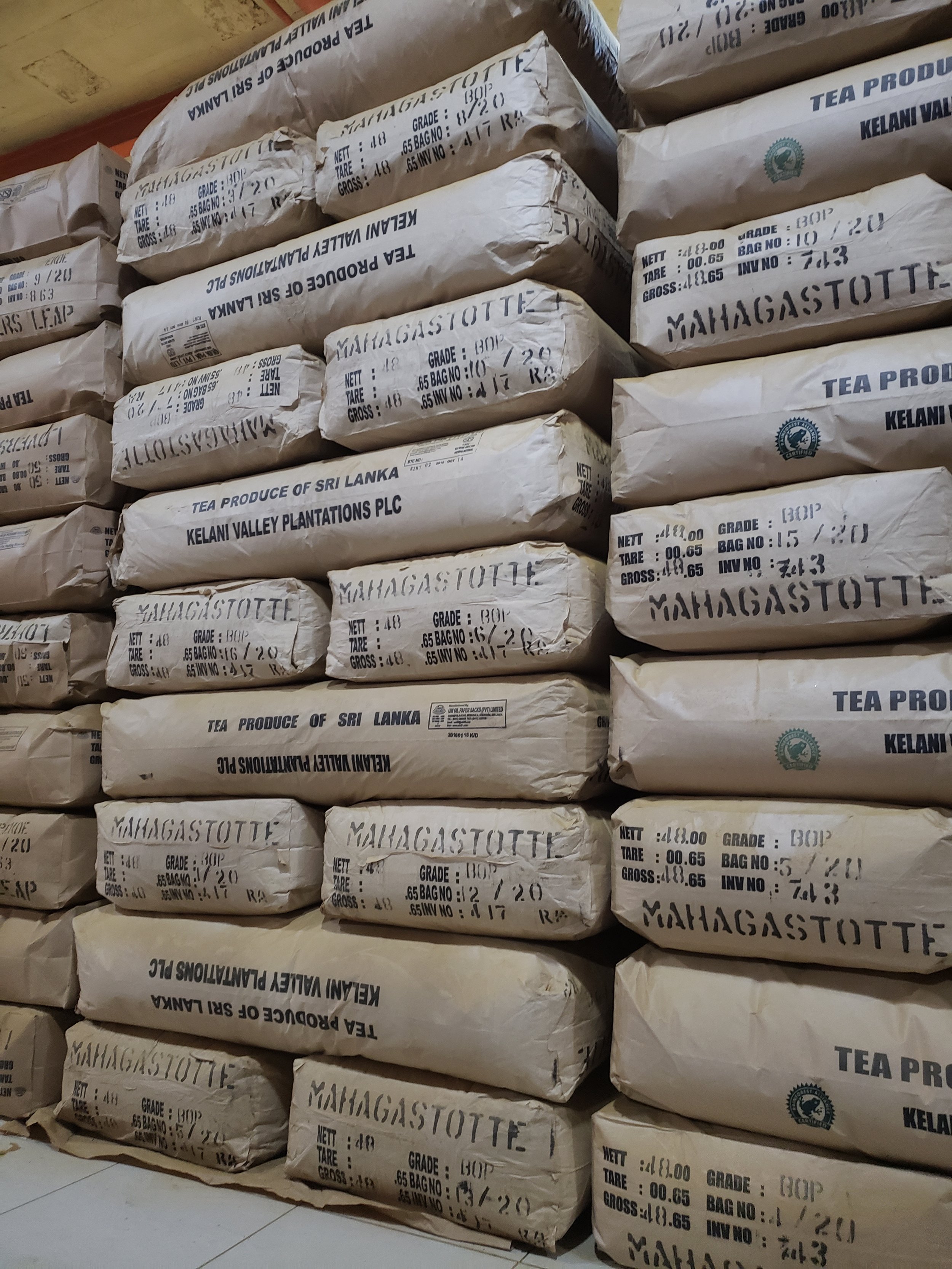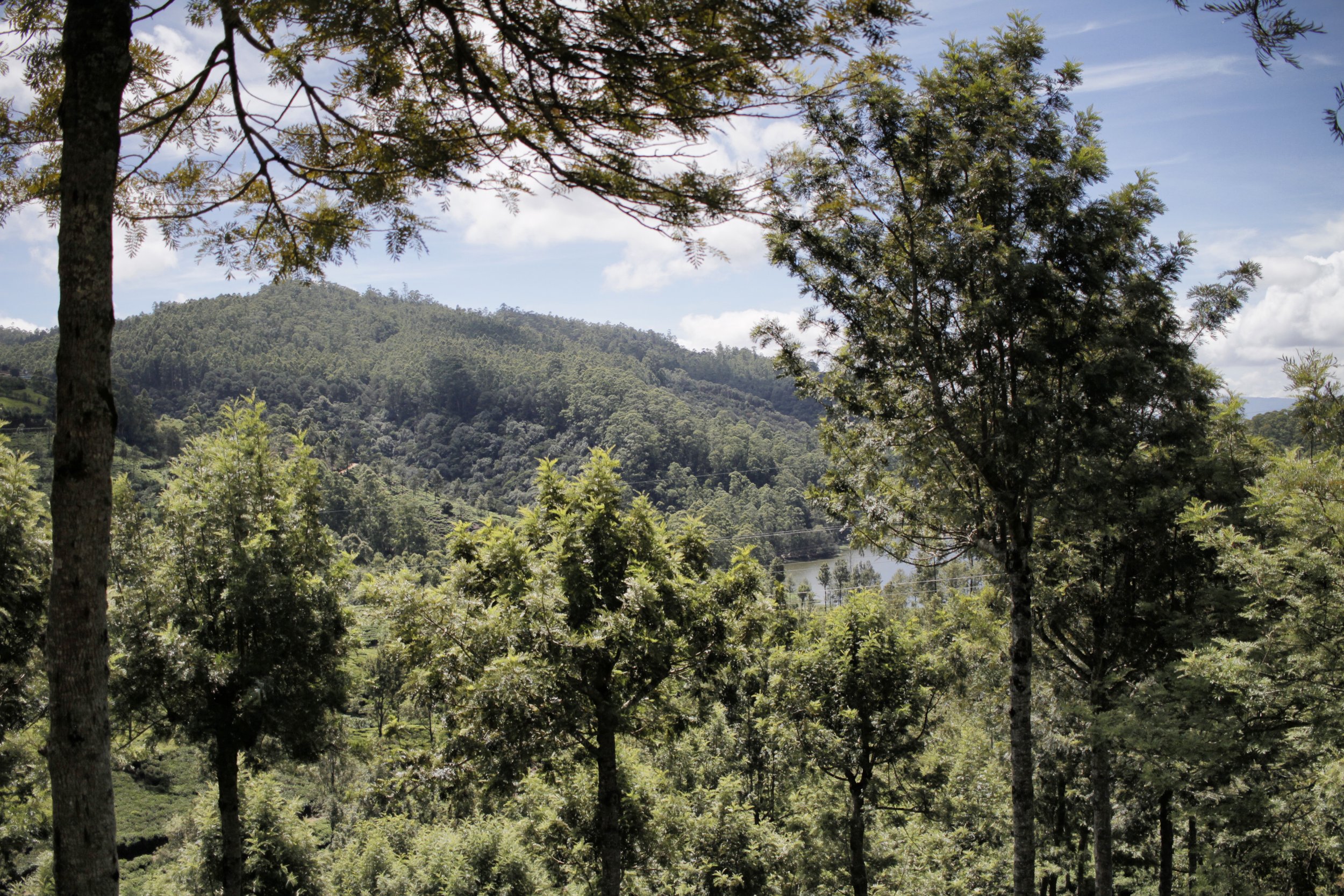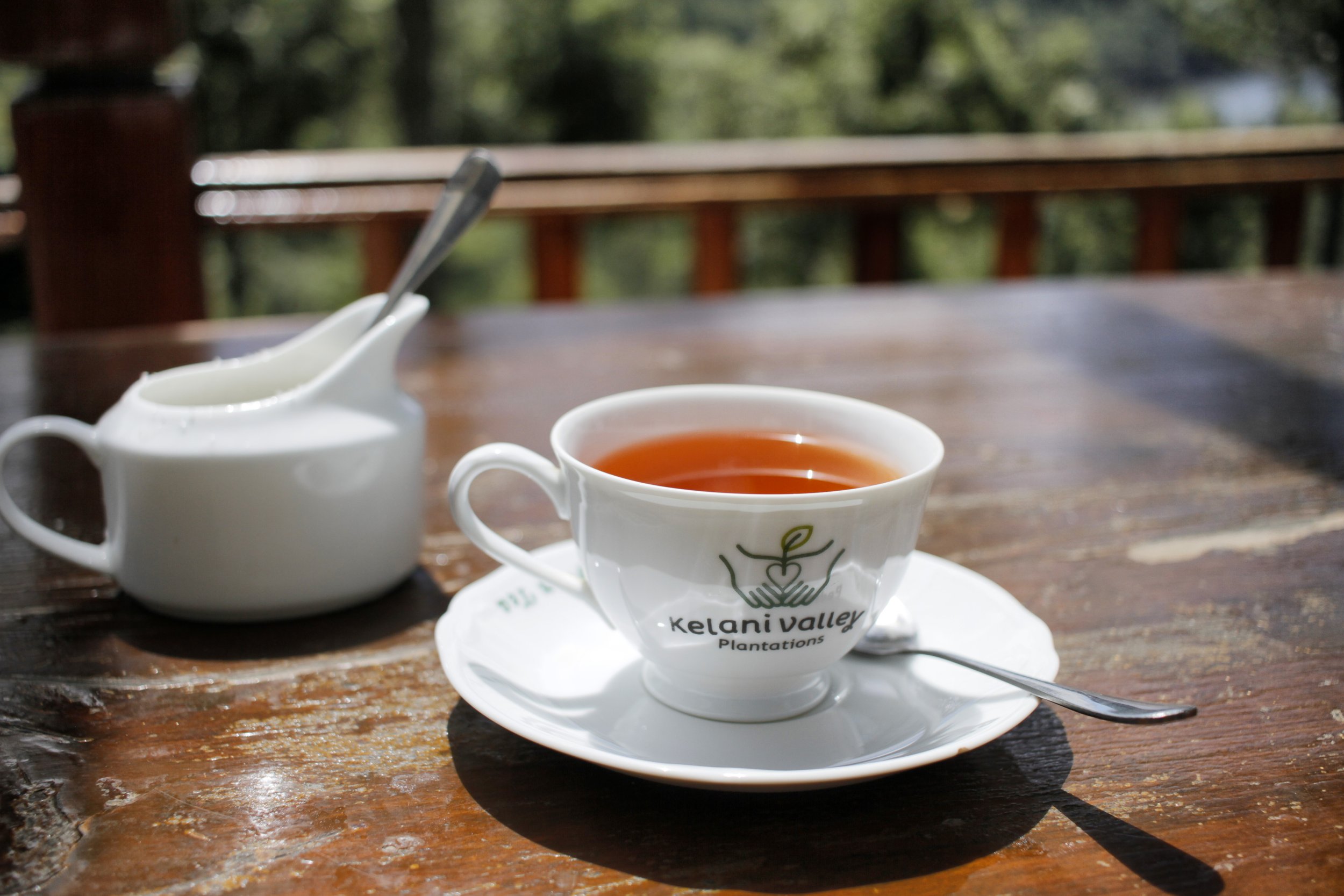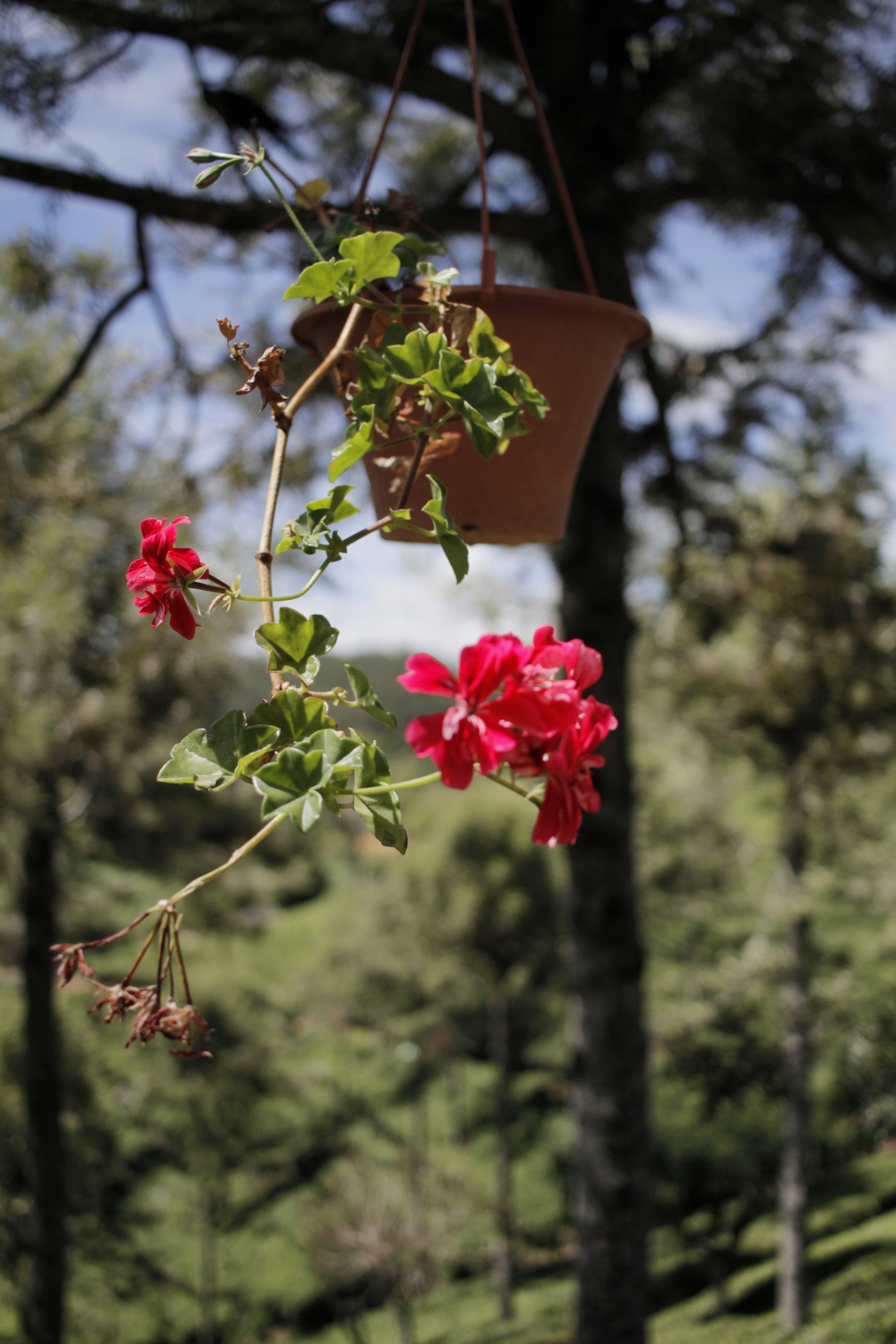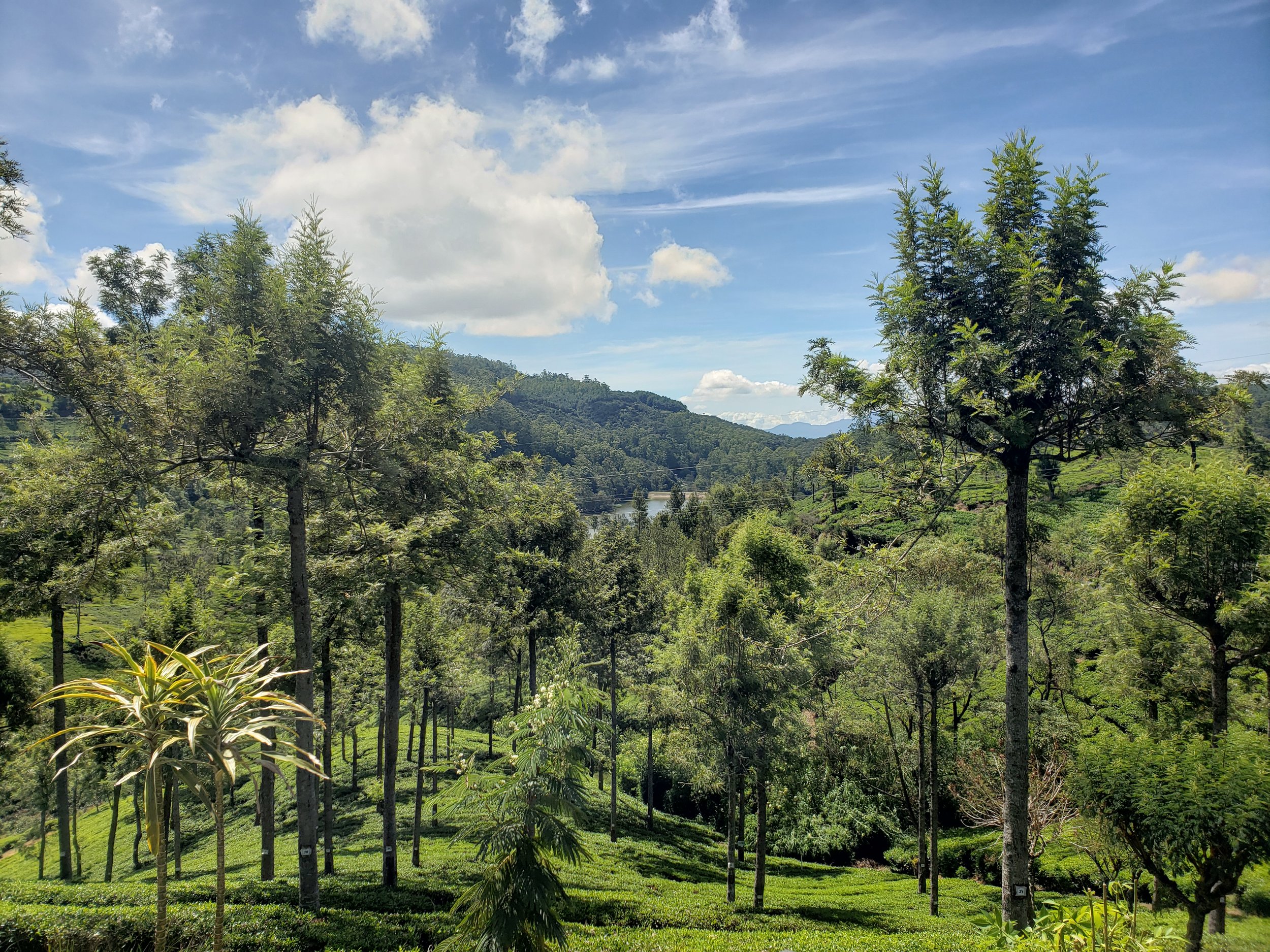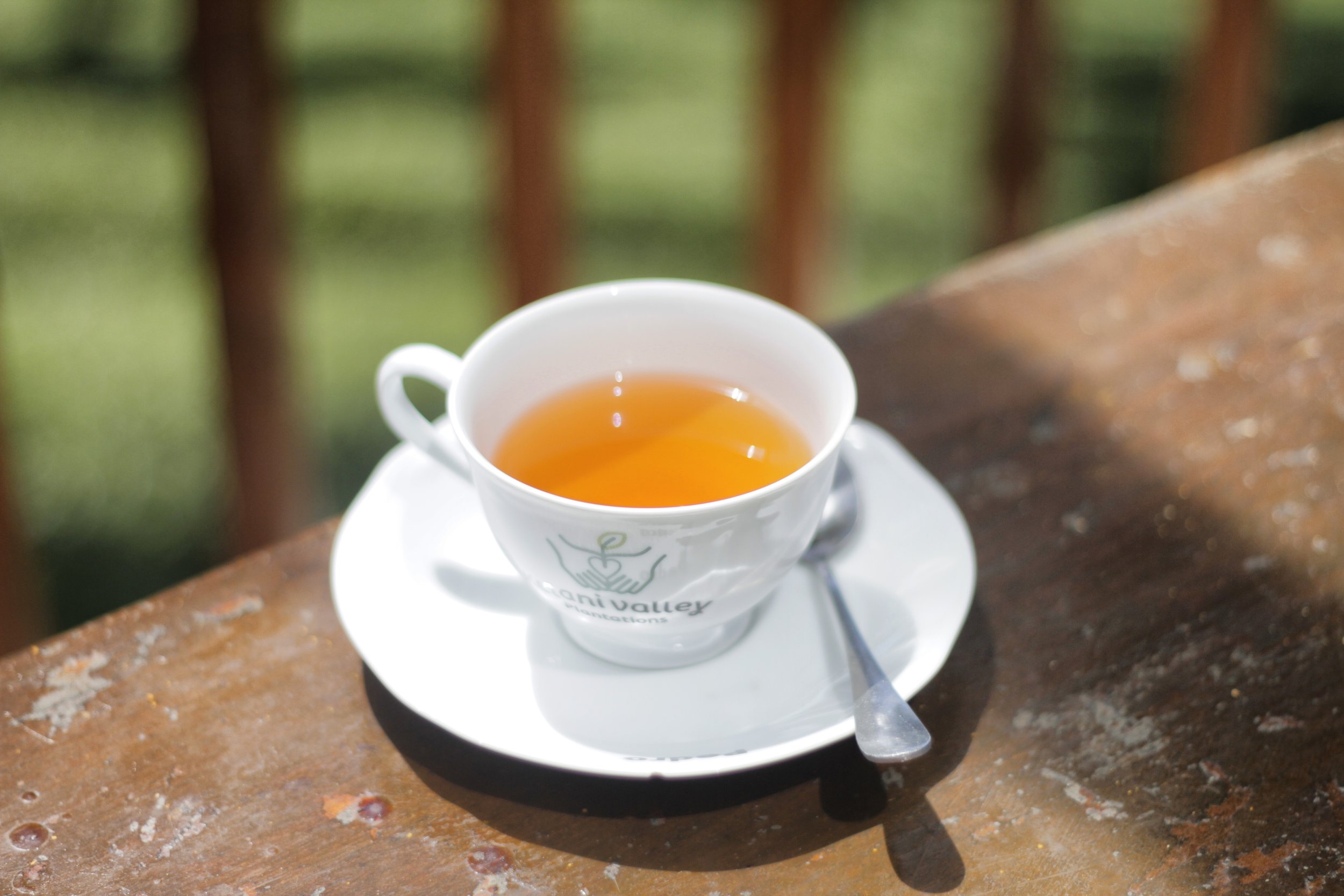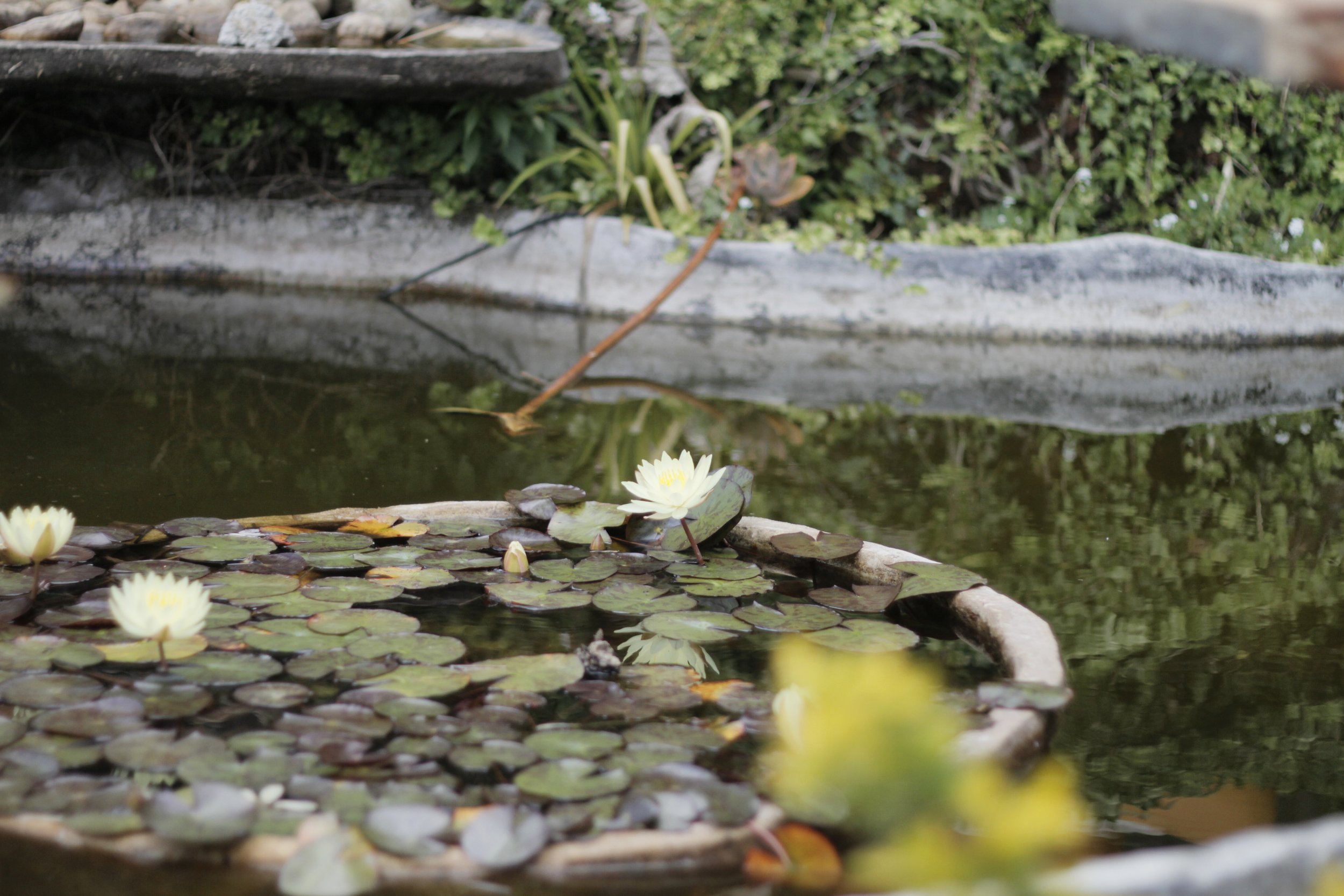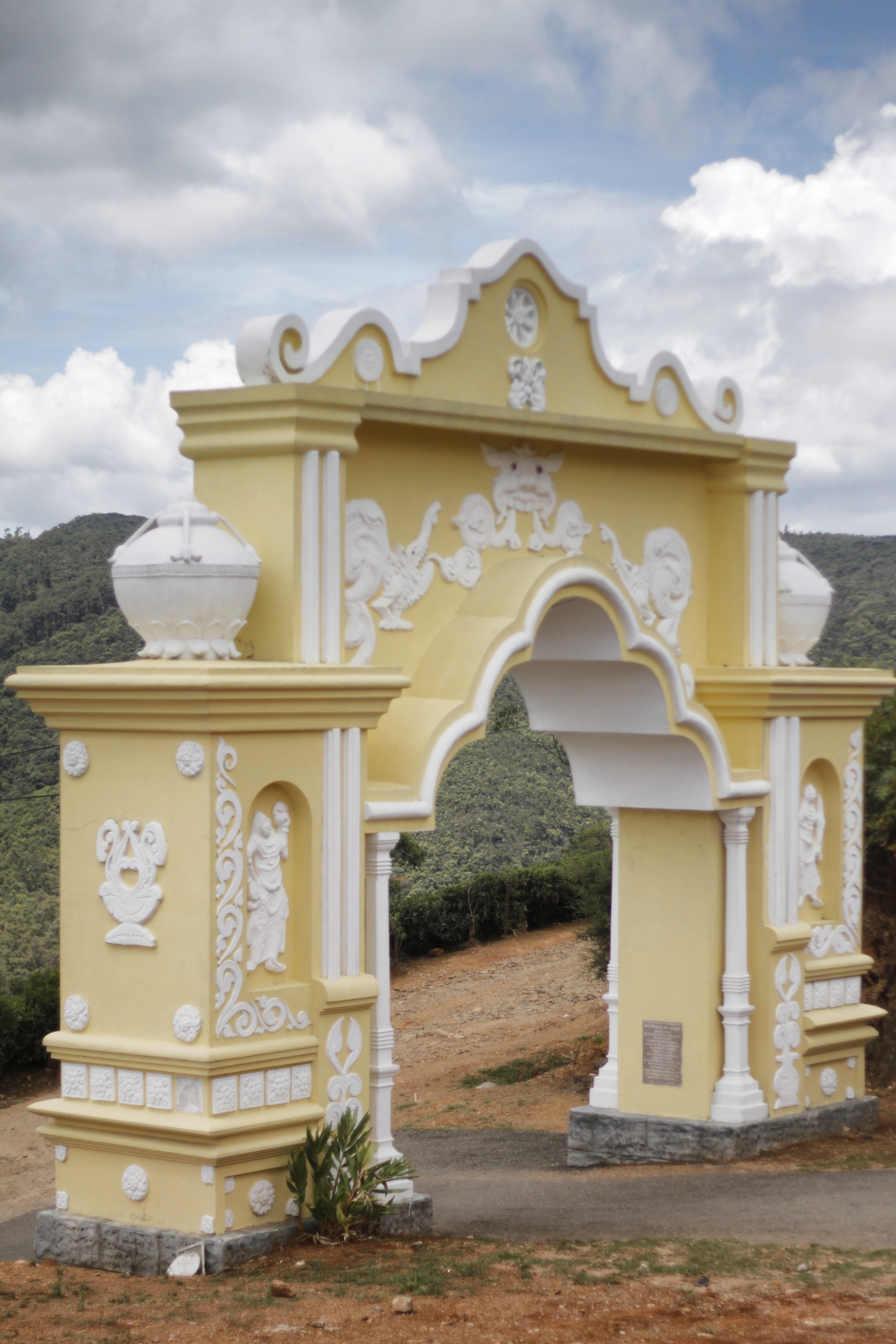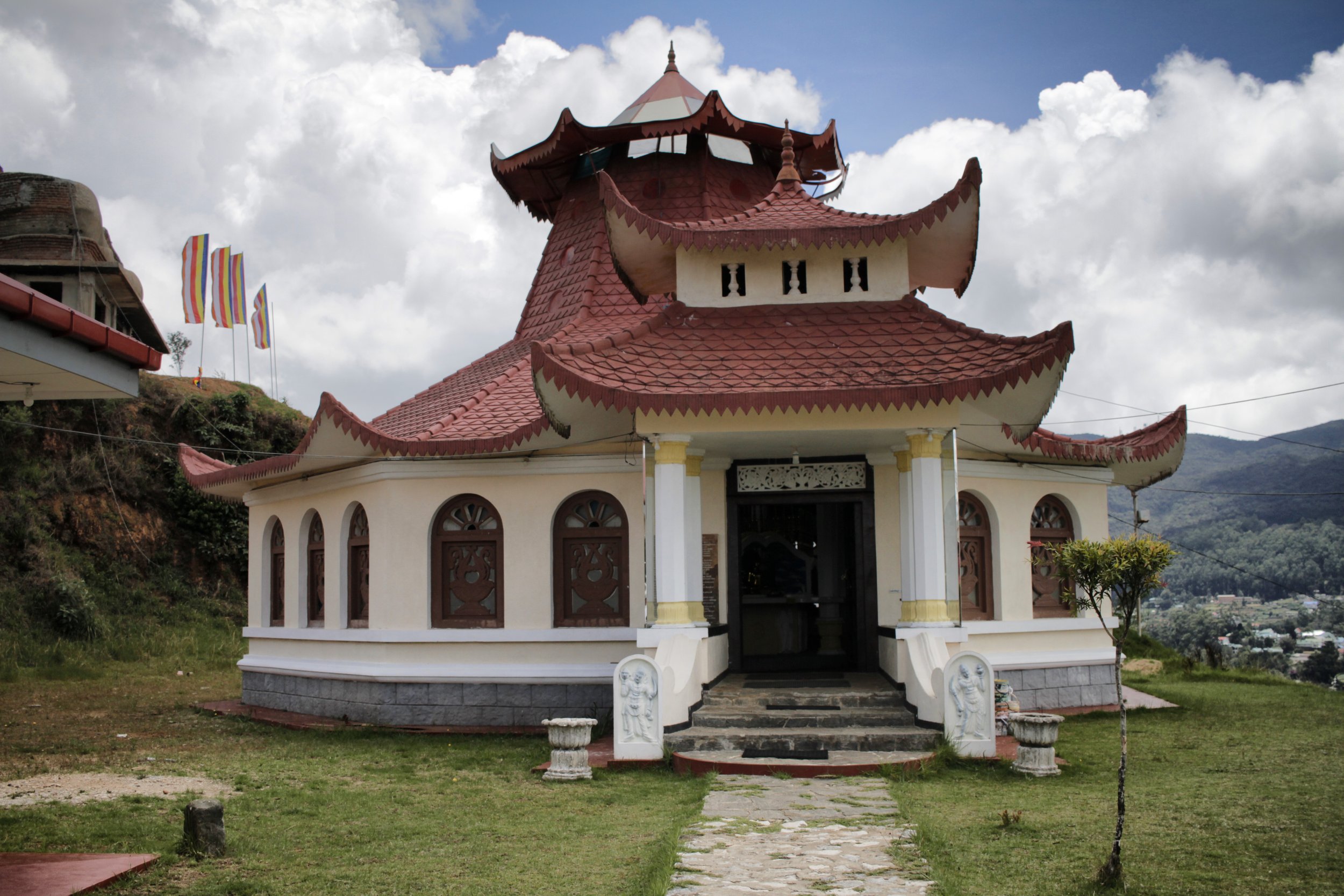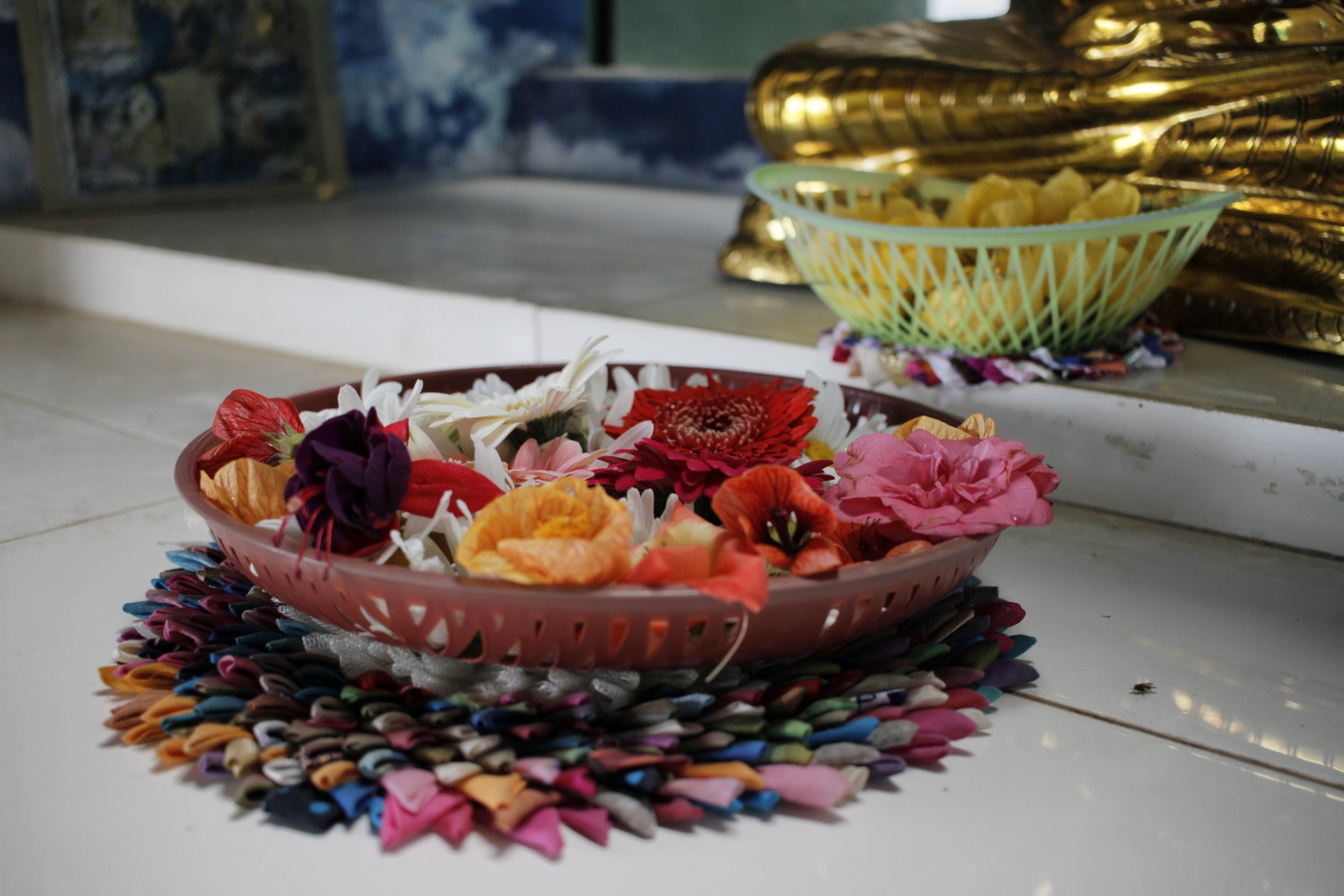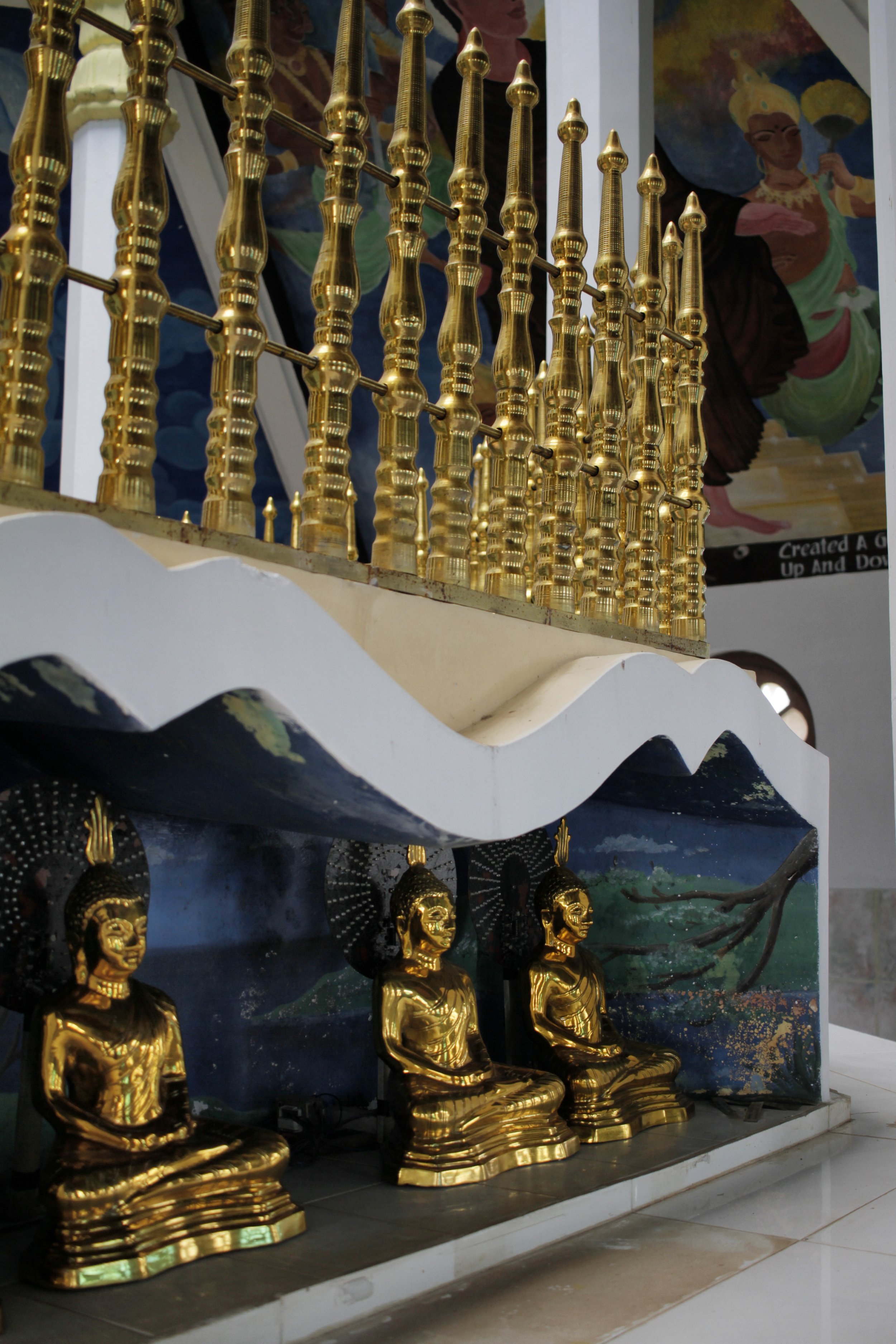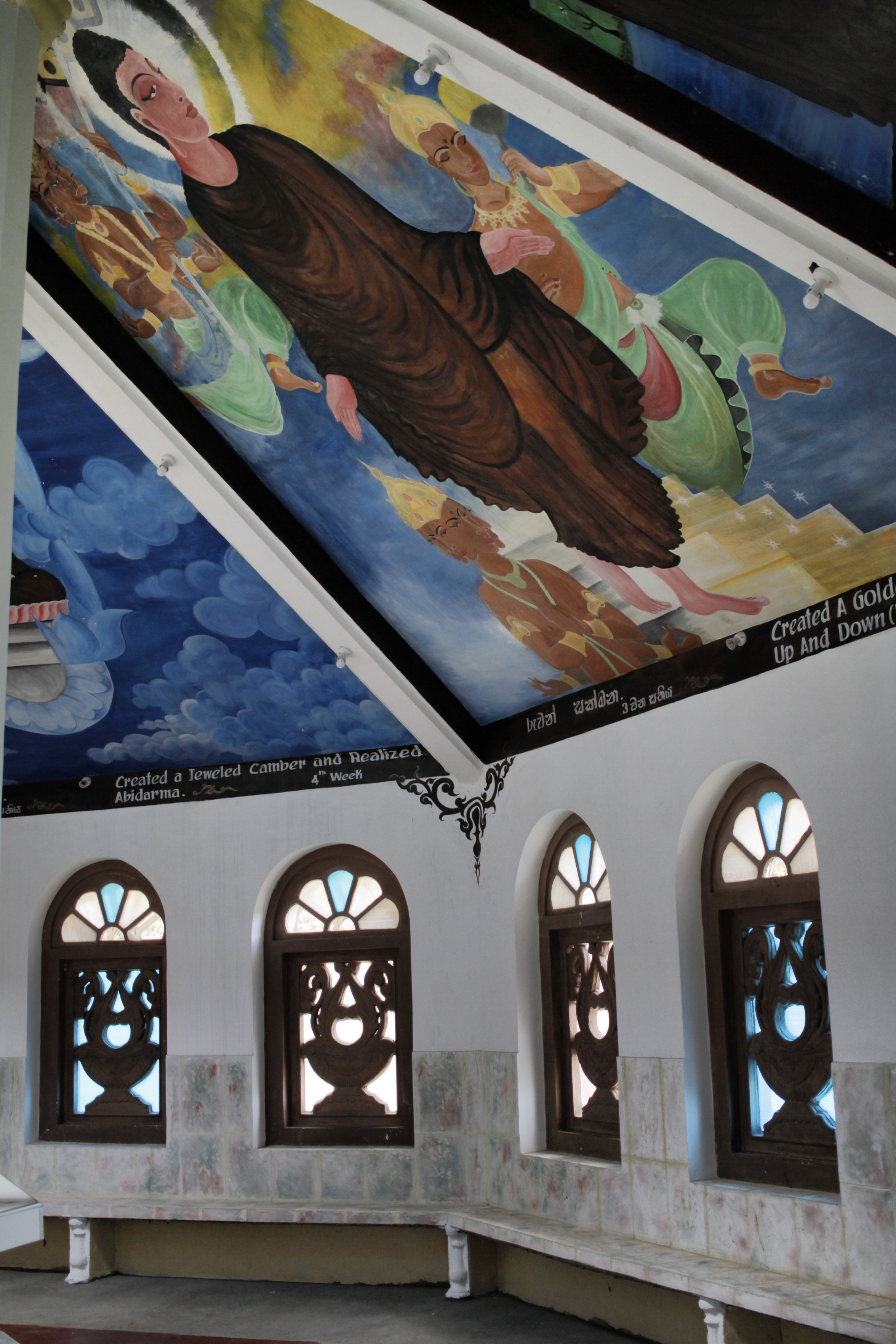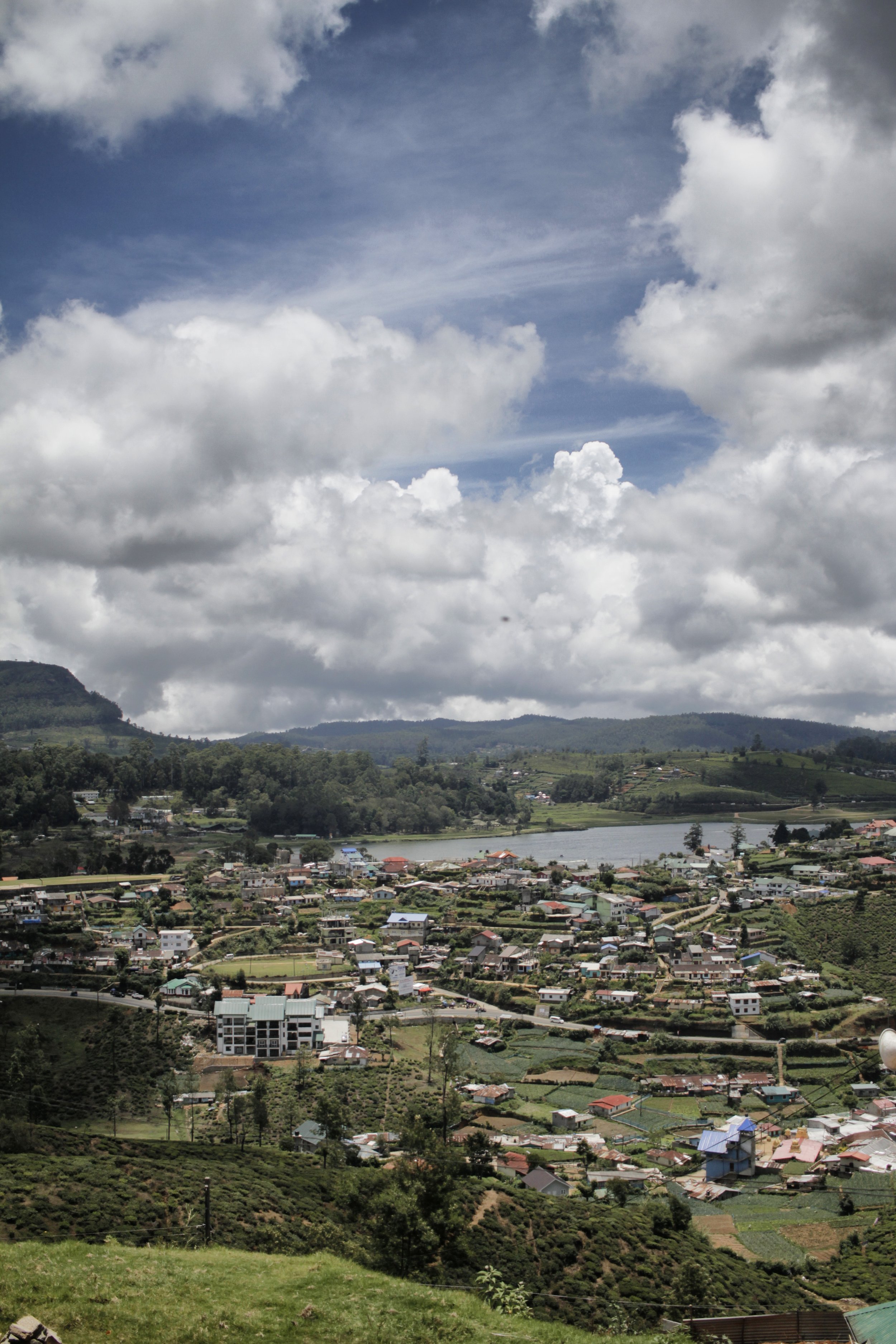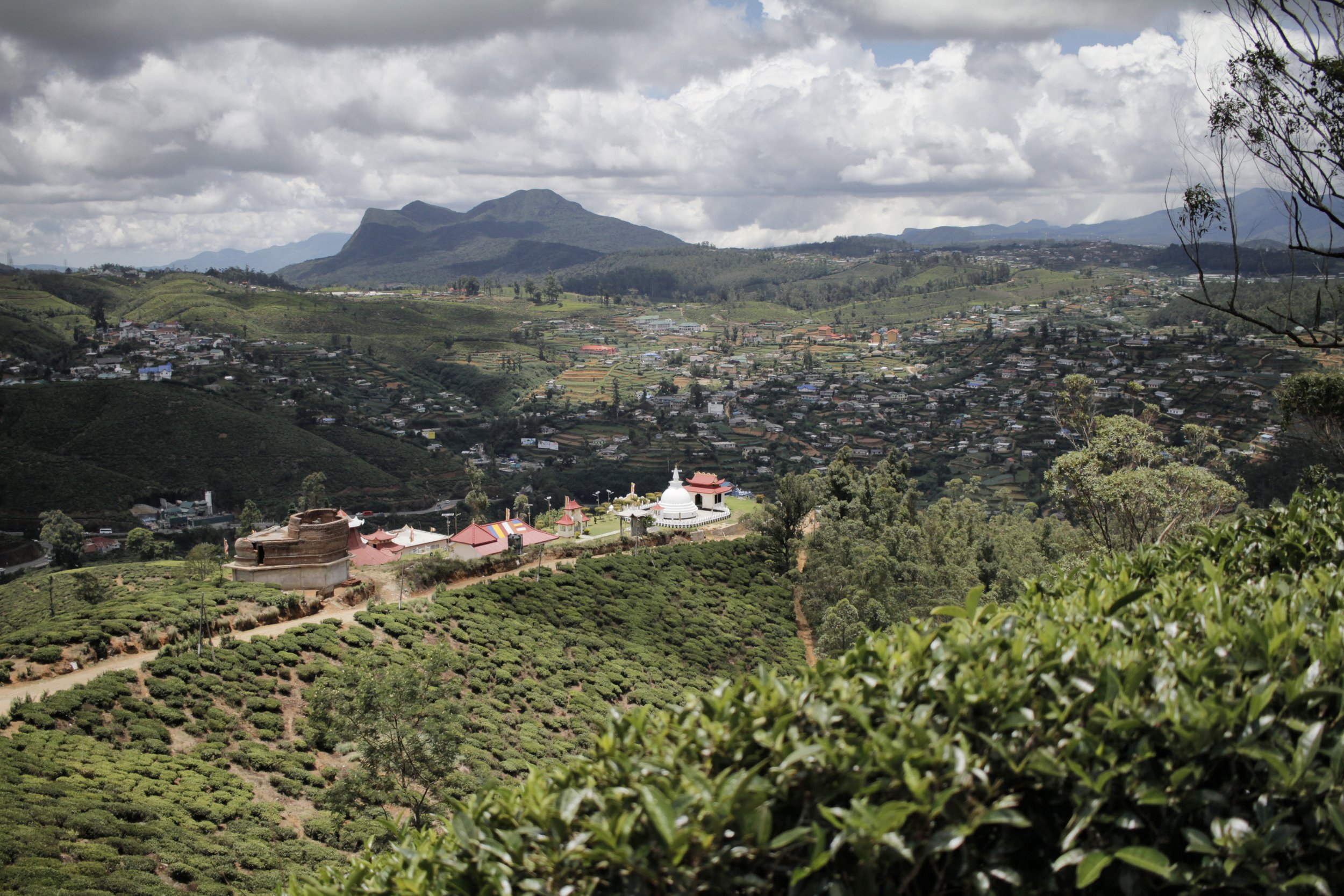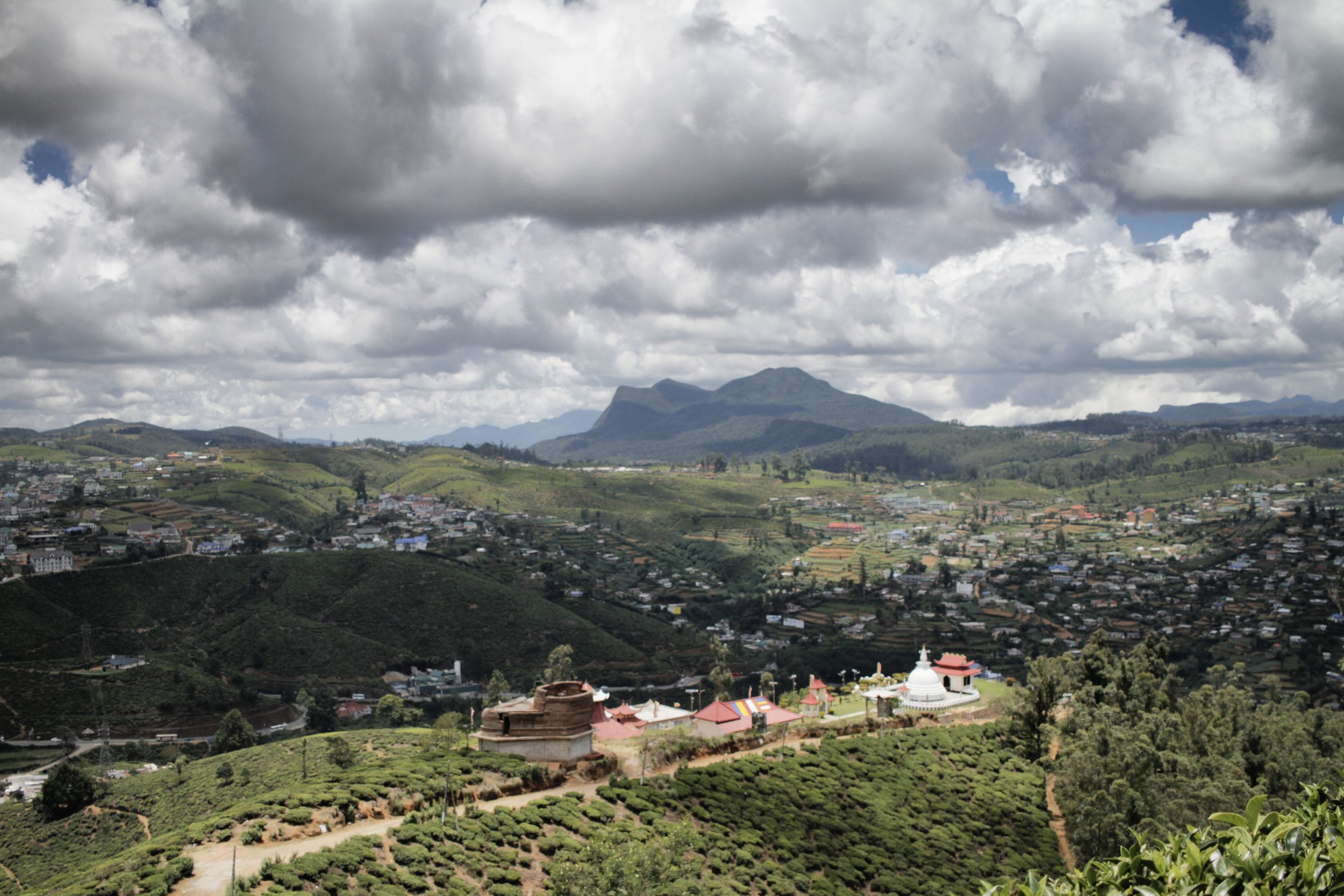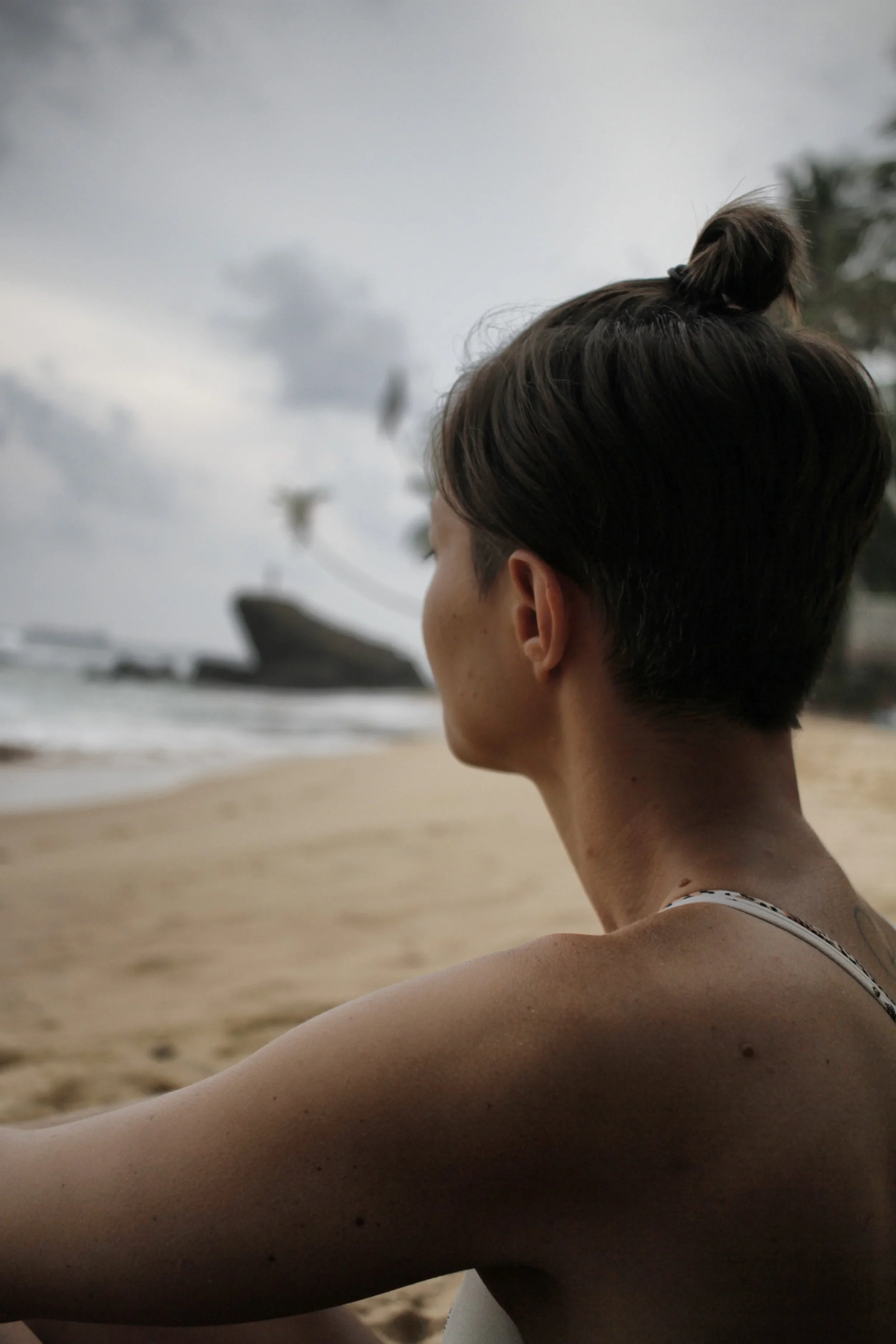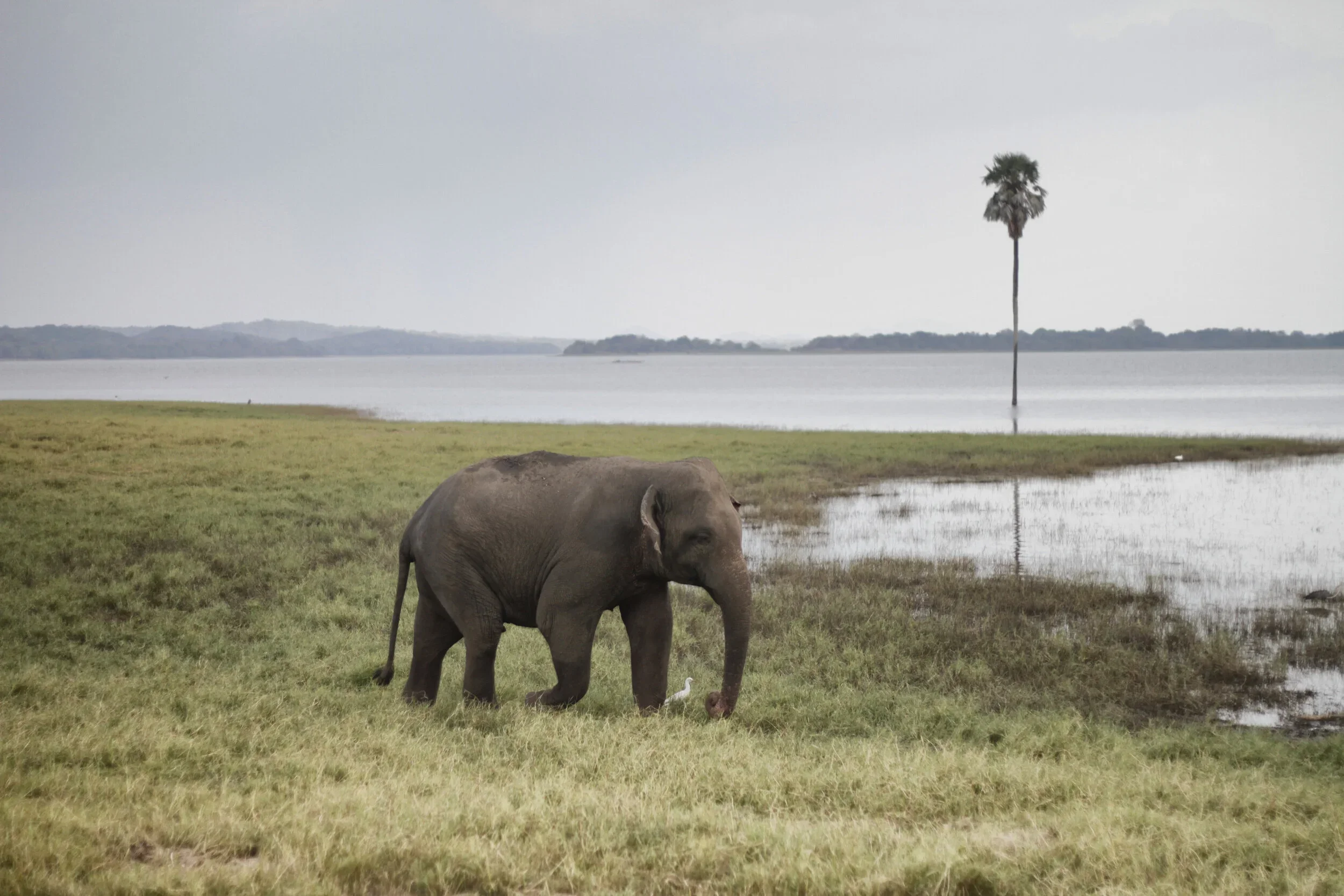Nuwara Eliya’s City of Light
Best things to do in Nuwara Eliya: unwind in the misty hills of “Little England” with this travel guide.
Nicknamed “Pearl of the Indian Ocean” and “Teardrop of India,” Sri Lanka is an island of magical proportions, once known as Serendib, Taprobane and Ceylon. It’s this small nations natural beauty, extraordinary biodiversity and precious gemstones that give it such a name, along with its teardrop shape off the coast of India.
Sri Lanka also boasts an extremely diverse wildlife, with sightings of roaming elephants and whales the norm. Food-wise, the country is known for the finest tea, cinnamon, coconut and exotic spices, creating no shortage of delicious flavors.
Once a retreat for the British elite and colonial planters of the country’s tea industry, Nuwara Eliya lies in the misty hills of central Sri Lanka at an elevation of 6,128 feet.
With a name that means “City of Light,” Nuwara Eliya is a British-built town known for its temperate, chilly climate, colonial style bungalows and tea plantations. The town is also overlooked by Pidurutalagala, the tallest mountain in Sri Lanka.
My time discovering Sri Lanka began north of its capital city, Colombo, circling the country clockwise and lasted three long weeks.
The first destination was a memorable experience elephant watching in Pinnawala, then on to the scorching city of Sigiriya to visit the eighth Wonder of the World (so they say) and ancient city of Polonnaruwa, followed by an up close and personal elephant safari at Minneriya National Park.
Next, was Kandy for its giant Buddha, botanical gardens and fire dancing, the charming town of Nuwara Eliya and then epic waterfalls, train rides and jungle mountains in Ella.
Last but not least, we moved on to Tissamaharama, home to Yala National Park, and the quaint beach town of Mirissa for the nearby iconic old city of Galle, whale watching and stunning beaches.
Best Things to Do in Nuwara Eliya
Discover / The legend of Lover's Leap Waterfall
Stroll / Through Victoria Park
Sip / On tea at Pedro Tea Estate
Catch / City views from Swarnagiri Maha Viharaya Buddhist Temple
Best Things to Do in Nuwara Eliya
Discover the Legend of Lover's Leap Waterfall
Getting to Nuwara Eliya was a trek in itself. Traveling from Kandy, PickMe app offered a ride for Rs3,500, or $43 USD, and took close to three hours. Our stay, Little England Villa, was modest but sweet and the father daughter combo running the place were both very kind upon arrival. Our hosts provided some helpful information on the area but informed us that the main reason we’d come, to set our eyes on the gorgeous Lover’s Leap Waterfall, was out of season and all dried up. Sadly, the news came as a disappointment, especially since our stay had direct views of the cliff.
Legend has it, during the days of enslavement two young lovers secretly met on the nearby Yardley Chase Plantation. The owner wanted the woman all to himself so he arranged to have her sold. Not wanting to be separated, the two plunged 100 feet to their deaths, hand in hand.
Stroll Through Victoria Park
A public park in Nuwara Eliya, Victoria Park was established with the planting of its first tree, an oak, by a German princess on holiday. It was formally named to commemorate Queen Victoria's Diamond Jubilee in 1897 and was originally the research field of Hakgala Botanical Garden. The Nanu Oya River also runs through the park, creating a number of small lakes where rare bird species can be found, alongside groves of towering trees.
Victoria Park’s countless blooming flowers and immaculate grounds cover an incredible 27 acres. And due to the full moon holiday, Poya Day, everyone in town was outdoors celebrating. Poya is the name given to the lunar monthly Buddhist holiday of Uposatha in Sri Lanka. Full moon day is usually considered the poya day in every month and every full moon is a public holiday, averaging 13 to 14 poyas each year.
In the evening, thankful for a home cooked meal, our host prepared dishes of rice, vegetable curry, dal, cabbage, potatoes and chicken with tomatoes and other vegetables. It was much appreciated and very delicious.
Sip on Tea at Pedro Tea Estate
The following day, we woke early for breakfast at our stay and to catch a ride to a nearby tea plantation. Our hosts prepared fried eggs, chicken sausage, bread, yogurt and fresh fruit with coffee.
Once our tuk tuk driver arrived, we hopped into the back and made our way to Pedro Tea Estate a few minutes drive. Located in the shadows of Sri Lanka's highest mountain, Pidurutalagala, the Pedro Tea Estate is surrounded by green pastures of tea, cascading waterfalls and pale blue skies.
At the factory, they offer 30 minute tours for Rs250, less than $1 USD, which explain how tea is manufactured, graded and packed for export around the world. A guide asked us to put on aprons and began the tour alongside a small group of other visitors. They took us through the process of picking, drying and sorting tea. First, leaves are picked and dried for 12 hours in a trough where they lose about 45% of their moisture.
Tea leaves are then rolled for 30 minutes and broken into pieces. Next, they are collected and separated on a conveyer belt by size and type. Some of the leaves are then dried in a dryer or oven, which stops the fermentation process. Finally, the hot tea leaves are collected into bins.
Ultimately, teas are separated by grade. Bigger leaves brew lighter tea with more of a mild and delicate flavor, equating to better quality, while smaller leaves create a stronger tea with a lesser quality. After the process is complete, tea leaves are packed into huge bags reaching a whopping 110 pounds each. The bags are then sent to a tea auction in Colombo, Sri Lanka’s capital. Lastly, the bags are divided up, flavored and exported, as needed.
Interestingly, this facility mainly produces light teas, meaning they need to process in the evenings after midnight. Workers here earn Rs805 for an eight hour day, a mere $2.50 USD.
After the tour ended we were invited into the Lover’s Leap Tea Boutique overlooking the surrounding tea fields. Out on the sun soaked patio, they served up a cup of black tea called Lovers Leap, scenic views included.
In regards to tea production, Sri Lanka is the fourth-largest producer of tea and values tea production immensely. Tea is the source of employment and main form of livelihood for thousands of families and smallholders, or small local farms, in Sri Lanka.
For the most part, Sri Lanka produces orthodox black teas but also some varieties of white and green teas. And it’s the humidity, cool temperatures and rainfall of the country’s central highlands that provide the perfect climate for high quality tea production.
Sri Lankan tea is also said to be the freshest available in the global market, expertly packed within three weeks of harvesting, to preserve its flavor, freshness and aroma.
Ceylon Tea, specifically, is the first Ozone Friendly Tea in the world and does not use methyl-bromide during packaging and shipping. So best to grab yourself a bag from the gift shop during your visit.
Catch City Views from Swarnagiri Maha Viharaya Buddhist Temple
The best spot to overlook the landscape of Nuwara Eliya is Single Tree Hill, a remarkable viewpoint at the highest point in town. It can be reached by taxi, leaving just a small portion of the trek to climb if you’re not keen on hiking from the bottom. Near the top, the road is fairly rough, though, so use caution if driving.
A gorgeous yellow gate signifies the entrance to the temple grounds. Climbing higher affords even more incredible views of the city below. Just past all the brightly colored homes below lies Gregory Park and Gregory Lake where locals and visitors alike can spend time boating, jet skiing or picnicking.
Swarnagiri Maha Viharaya or Single Tree Temple can be found on Single Tree Hill Road half way up. This popular Buddhist temple is surrounded by scenic views that attract tourists, alongside regular devotees coming to take part in religious rituals.
The grounds of the temple were vivid, filled with bright pops of color and stark whites contrasting against the green countryside. Note, remember to remove our shoes and cover up to enter the temple itself.
Inside, were baskets of flowers as offerings and richly saturated paintings on the ceiling. Shiny gold railings and statues were also found on the interior of the temple.
Outside, Single Tree Hill surely offers the best vantage point to witness the beauty of Nuwara Eliya, along with the Hakgala Mountain range sitting over 7,000 feet high. Most of the mountain is covered with forests belonging to Hakgala Strict Nature Reserve, with Hakgala Botanical Garden on the northeast slope of Hakgala Mountain.
Even so, hiking up the hill a bit further offers better views of the town below and eventually, the bright white temple becomes a tiny spec lost in the surrounding landscape.
My favorite thing to witness were the dark shadows of the clouds overtaking the land below, shifting around like blobs in a lava lamp. On clear days, one can also see Piduruthalagala Mountain (Pedro Mountain), Lover’s Leap Falls and other urban areas of Nywara Eliya in the northern and southern valleys.
After enjoying such a beautiful afternoon from this vantage point, we began our drive toward Ella, a richly lush and forested town two hours east in the Badulla District of Uva Province, Sri Lanka.


